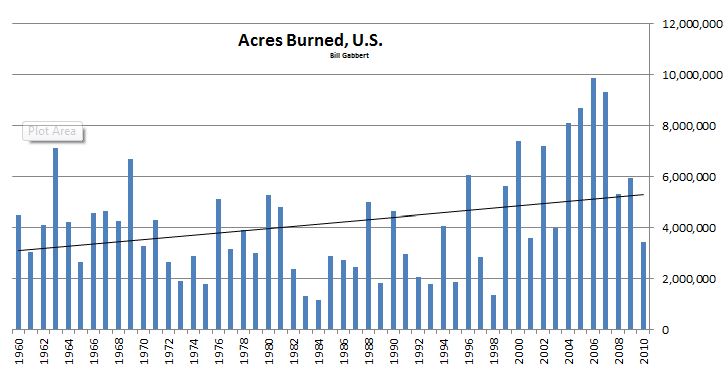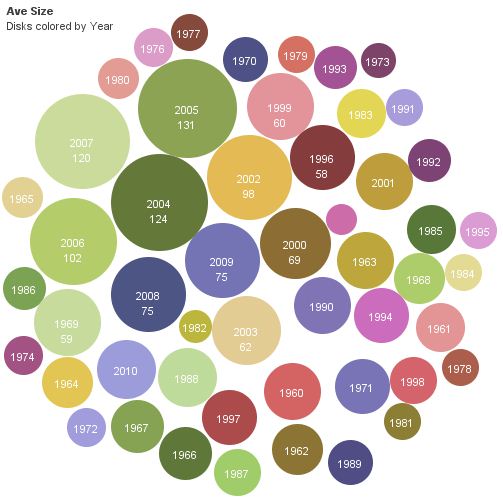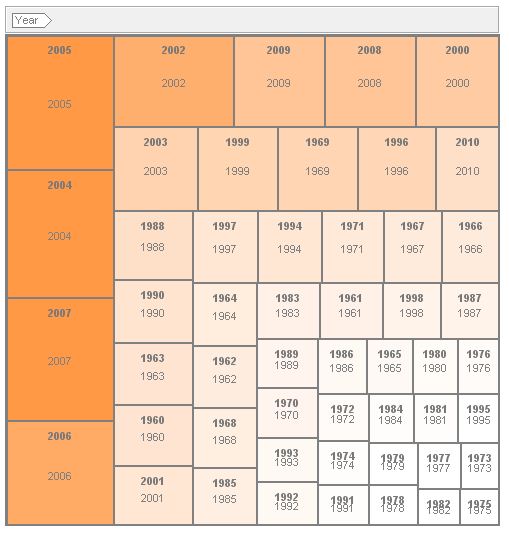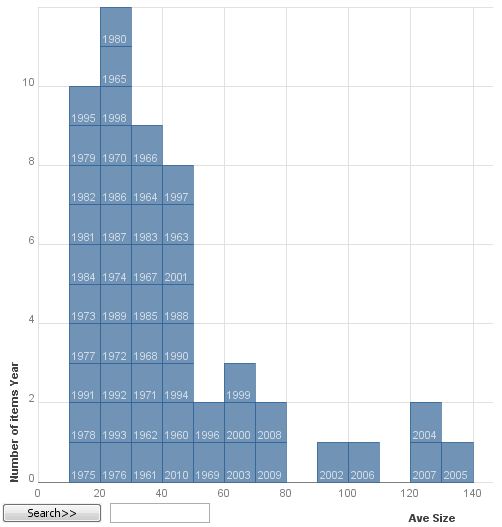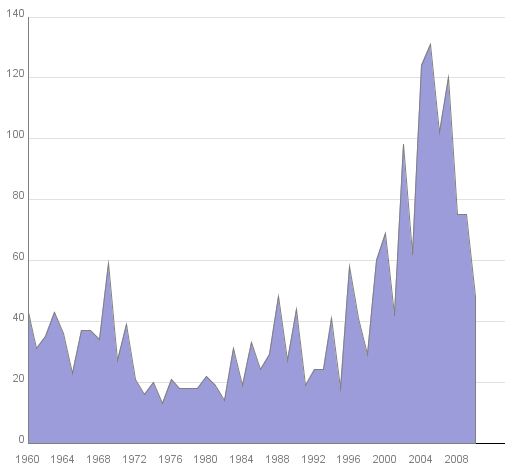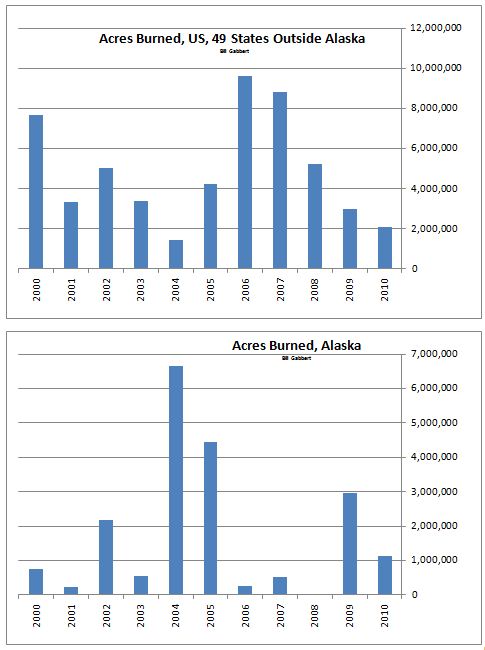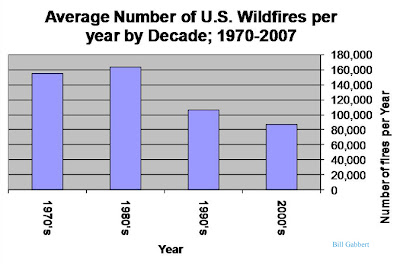Since 2003 some congressional staffers who work for Senators, Congressmen, and committees, have been participating in an office pool to guess how many acres will burn in wildfires each year. The official figure is determined by the statistics kept by the National Interagency Fire Center in Boise, whose web site has a wealth of information about acres burned each year. We have used their historical figures on several occasions to analyze trends.
If there is a tie, which seems rather unlikely since we’re talking about 1,000,000 to 10,000,000 acres burning each year, there is a tie breaker question, according to Sarah Laskow the author at Grist who wrote the article that disclosed this office pool. That question, according to Laskow is to…
…guess how many fire-fighting planes (“fixed-wing, heavy-slurry aircraft”) will crash, become unusable, or be grounded, and how many weeks those aircraft will be out of service.
According to Laskow, Frank Gladics, a professional staffer on the Republican side of the Senate Energy and Natural Resources Committee, runs the contest.
If you have a perfect memory and are an obsessive reader of Wildfire Today, you will recognize that name, Frank Gladics. Here is what we wrote on July 29, 2011 when we covered the story about the U.S. Forest Service cancelling the contracts with the last six P3 air tankers operated by Aero Union, putting the company out of business and leaving only 11 large air tankers on exclusive use contract.
At the Aerial Firefighting Conference held in Washington, DC last May, Frank Gladics, professional staff member with the U.S. Senate energy and natural resources committee, addressed the report that some in the USFS would like to replace the aging fleet of large air tankers with 20 to 30 C-130Js at a cost of $80 to $85 million each. Gladics said funding is not available for such a massive purchase, and…
We need a more diverse fleet. . . . Go back and look at alternate aircraft, including water-scooping aircraft. Our forests, the resources and communities can’t wait another 10 years while you wait for the existing fleet to become inoperable in hopes Congress will be forced to buy you that Ferrari you want.
The USFS seems to have an irrational phobia about water-scooping air tankers in spite of receiving advice from several different expert sources, including the infamous top secret Rand report, that they should add some to the air tanker fleet.
In case you are planning on starting or entering a guess-the-acres contest, here is a chart that we had on file that shows the number of acres burned in the 50 states by year, 1960-2010.


